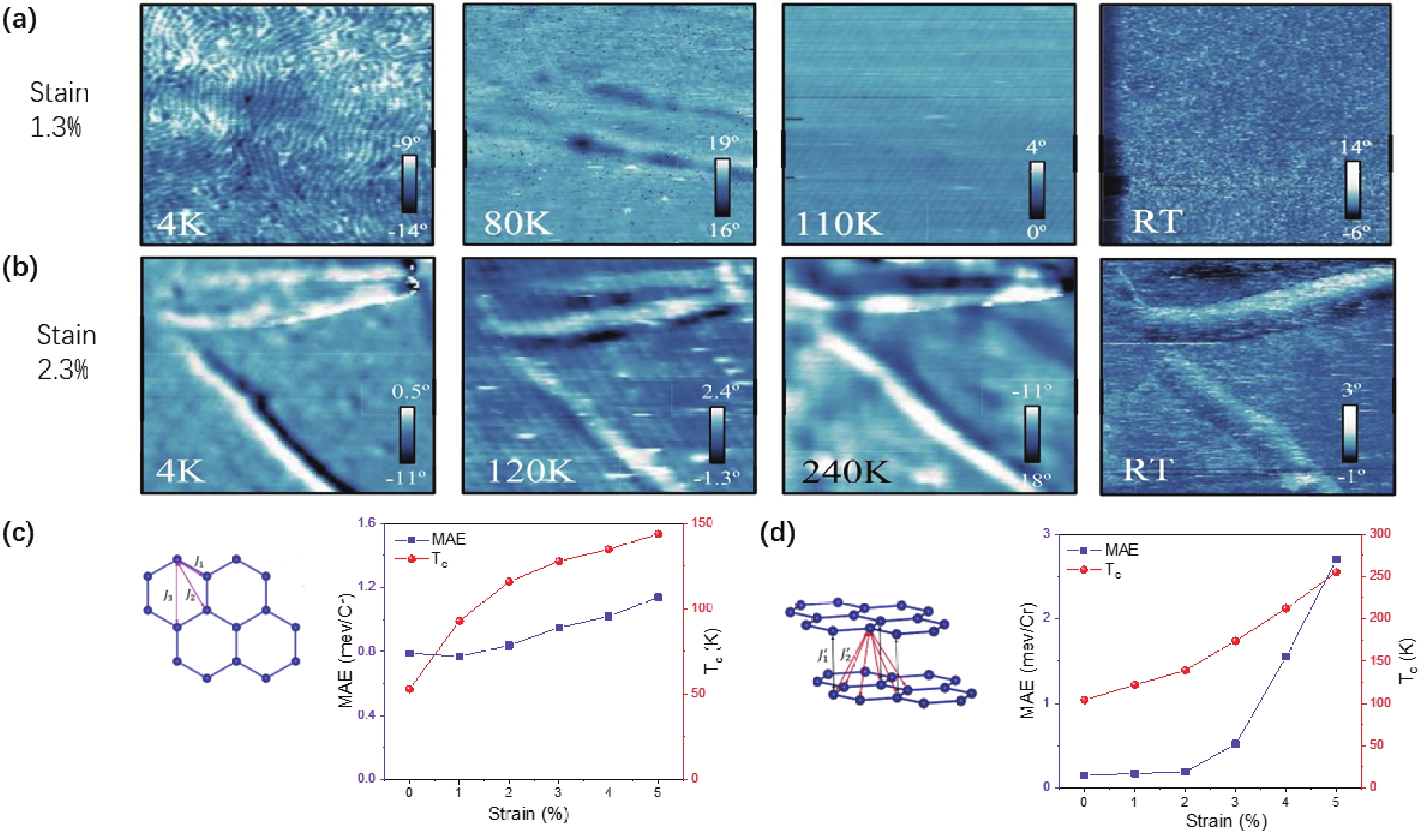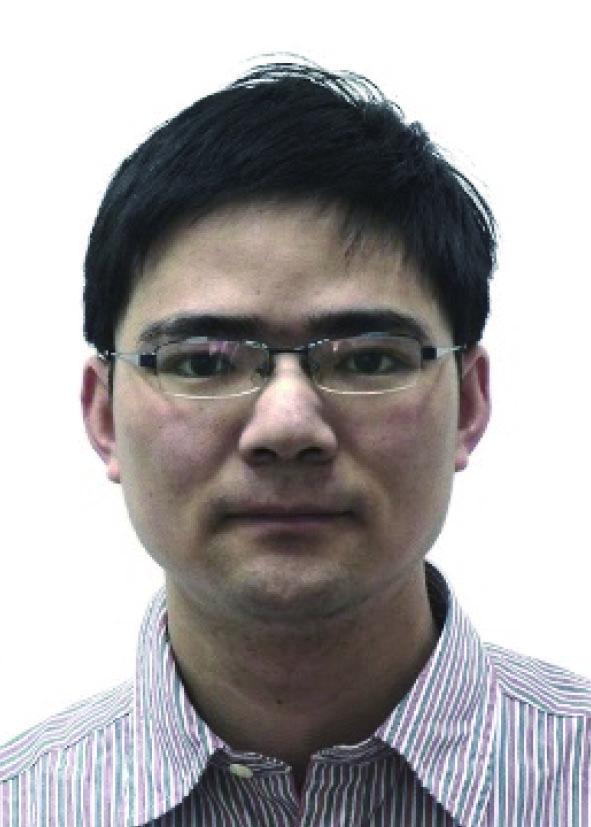| Citation: |
Dahai Wei. The room temperature ferromagnetism in highly strained two-dimensional magnetic semiconductors[J]. Journal of Semiconductors, 2023, 44(4): 040401. doi: 10.1088/1674-4926/44/4/040401
****
D H Wei. The room temperature ferromagnetism in highly strained two-dimensional magnetic semiconductors[J]. J. Semicond, 2023, 44(4): 040401. doi: 10.1088/1674-4926/44/4/040401
|
The room temperature ferromagnetism in highly strained two-dimensional magnetic semiconductors
DOI: 10.1088/1674-4926/44/4/040401
More Information
-
References
[1] Gong C, Li L, Li Z, et al. Discovery of intrinsic ferromagnetism in two-dimensional van der Waals crystals. Nature, 2017, 546, 265 doi: 10.1038/nature22060[2] Huang B, Clark G, Navarro-Moratalla E, et al. Layer-dependent ferromagnetism in a van der Waals crystal down to the monolayer limit. Nature, 2017, 546, 270 doi: 10.1038/nature22391[3] Bertolazzi S, Brivio J, Kis A. Stretching and breaking of ultrathin MoS2. ACS Nano, 2011, 5, 9703 doi: 10.1021/nn203879f[4] Peng R, Xu H C, Tan S Y, et al. Tuning the band structure and superconductivity in single-layer FeSe by interface engineering. Nat Commun, 2014, 5, 5044 doi: 10.1038/ncomms6044[5] Zhang P, Peng X L, Qian T, et al. Observation of high-TC superconductivity in rectangular FeSe/SrTiO3(110) monolayers. Phys Rev B, 2016, 94, 104510 doi: 10.1103/PhysRevB.94.104510[6] Cocco G, Cadelano E, Colombo L. Gap opening in graphene by shear strain. Phys Rev B, 2010, 81, 241412 doi: 10.1103/PhysRevB.81.241412[7] Dong X J, You J Y, Gu B, et al. Strain-induced room-temperature ferromagnetic semiconductors with large anomalous Hall conductivity in two-dimensional Cr2Ge2Se6. Phys Rev Appl, 2019, 12, 014020 doi: 10.1103/PhysRevApplied.12.014020[8] Dong X J, You J Y, Zhang Z, et al. Great enhancement of Curie temperature and magnetic anisotropy in two-dimensional van der Waals semiconductor heterostructures. Phys Rev B, 2020, 102, 144443 doi: 10.1103/PhysRevB.102.144443[9] Zhang Z, You J Y, Ma X Y, et al. Kagome quantum anomalous Hall effect with high Chern number and large band gap. Phys Rev B, 2021, 103, 014410 doi: 10.1103/PhysRevB.103.014410[10] Zhang Z, You J Y, Gu B, et al. Emergent magnetic states due to stacking and strain in the van der Waals magnetic trilayer CrI3. Phys Rev B, 2021, 104, 174433 doi: 10.1103/PhysRevB.104.174433[11] O’Neill A, Rahman S, Zhang Z, et al. Enhanced room temperature ferromagnetism in highly strained 2D semiconductor Cr2Ge2Te6. ACS Nano, 2023, 17, 735 doi: 10.1021/acsnano.2c10209 -
Proportional views






 DownLoad:
DownLoad:










 Dahai Wei:received his B.S. (2004) at Nanjing University and Ph.D. (2010) at Fudan University. He was a post-doctor (2010–2012) at Tokyo University, a post-doctor and Humboldt Research Fellow (2012–2015) at Regensburg University. He has been a Professor at Institute of Semiconductors, Chinese Academy of Sciences since 2015. He is working on the of magnetic semiconductors and spintronics
Dahai Wei:received his B.S. (2004) at Nanjing University and Ph.D. (2010) at Fudan University. He was a post-doctor (2010–2012) at Tokyo University, a post-doctor and Humboldt Research Fellow (2012–2015) at Regensburg University. He has been a Professor at Institute of Semiconductors, Chinese Academy of Sciences since 2015. He is working on the of magnetic semiconductors and spintronics



